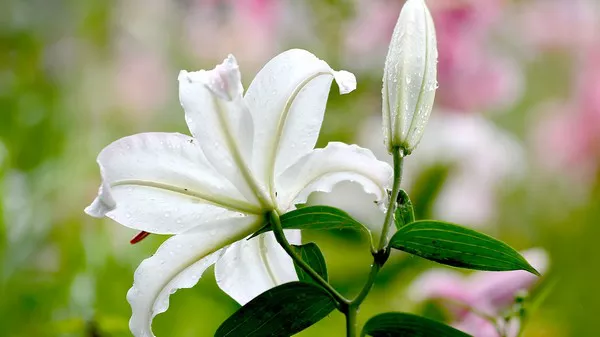After enduring months of scorching heat and persistent drought, the resilience of nature often brings a sigh of relief. While trees don’t spring back overnight, and animal populations may take years to recover, there’s a little Central Texas wildflower that seems to defy these natural timelines.
Meet the rain lily, a petite yet remarkable bloom that is suddenly blanketing Austin in delicate white flowers.
Andrea DeLong-Amaya, the director of horticulture for the Lady Bird Johnson Wildflower Center, finds these ephemeral blossoms particularly captivating. She notes, “I think what makes them so captivating is that they’re ephemeral. They’re not there, and then suddenly they’re there!”
The secret to the rain lilies’ rapid growth lies in their name: rain. These flowers are activated by rainfall, and they can appear almost overnight because they sprout from small bulbs in the ground, which may have been patiently waiting for years to burst into bloom.
“The bulbs are often hidden by other vegetation or perhaps they’re getting mowed,” DeLong-Amaya explains. These bulbs have evolved to conserve energy and moisture, allowing them to endure prolonged droughts. When the much-awaited rain finally graces the earth, all that stored energy propels the emergence of these small white flowers, transforming patches of the landscape.
DeLong-Amaya elaborates, “We don’t really notice [the bulbs] too much. They’re often hidden by other vegetation or maybe they’re getting mowed.” The remarkable speed of their growth can be attributed to the stored energy within these bulbs.
However, the enchanting rain lily flowers are not a permanent addition to the scenery. Once they are pollinated, they swiftly develop seed pods that release numerous flat black seeds back into the ground, perpetuating the cycle.
Rain lilies emerge in a striking white hue, but they soon transition into a lovely pink color, DeLong-Amaya observes. This fall, another native lily species, the copper lily, has made an appearance, boasting “a sulfur yellow flower that kind of fades to an orange-red.”
These blooms are expected to continue gracing the autumn landscape following heavy rainfalls, reminding us of nature’s ability to rebound and renew, even after challenging times.


